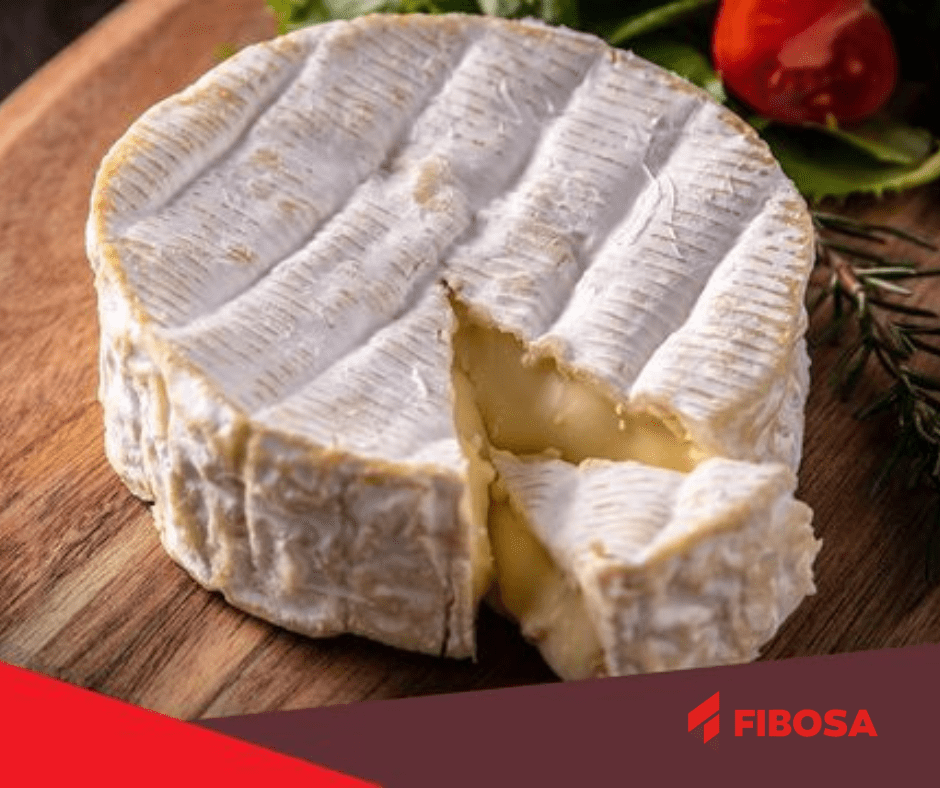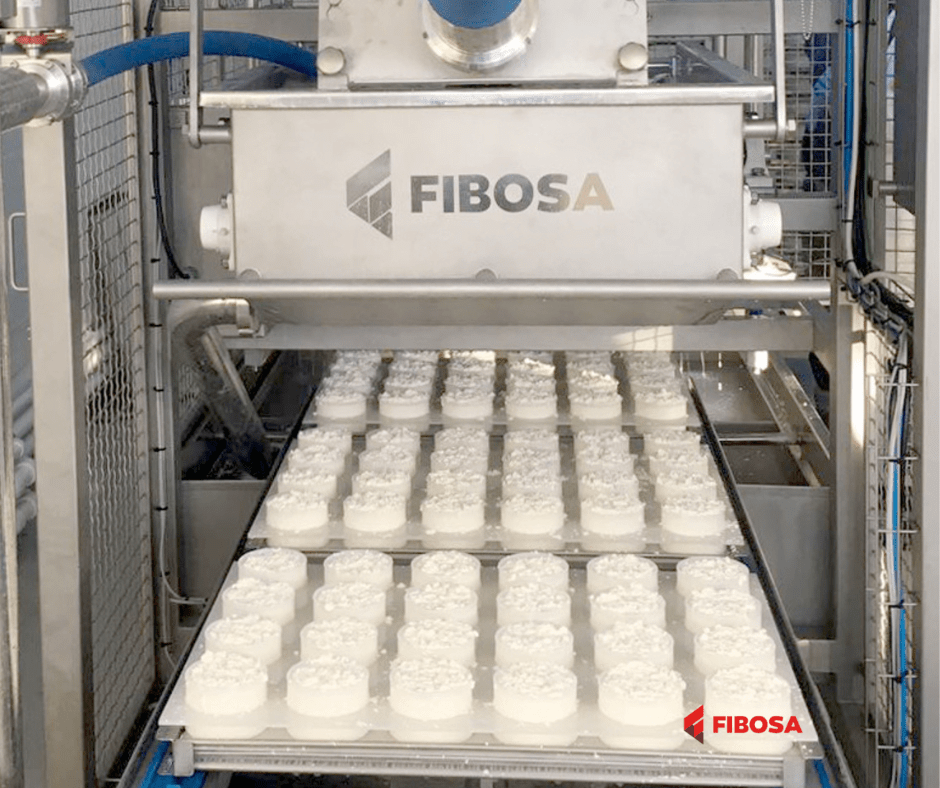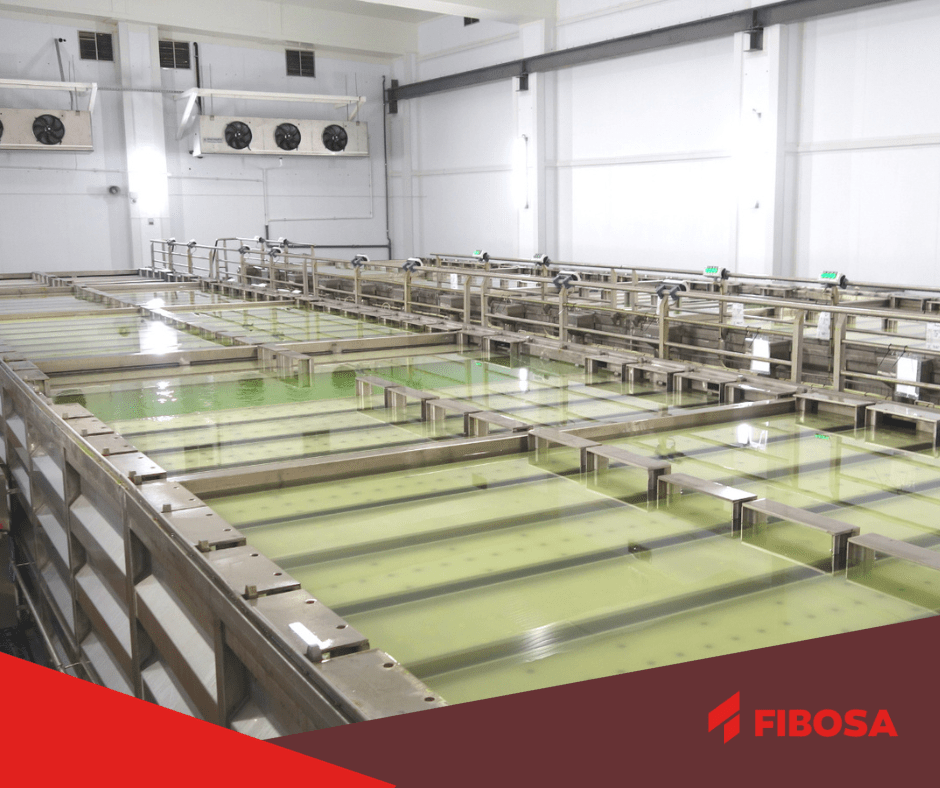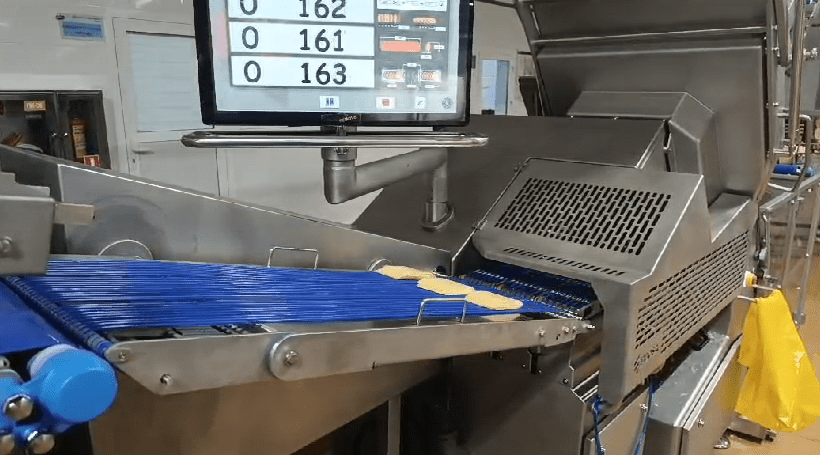Originally produced with raw cow’s milk, Camembert cheese stands out in the category of soft cheeses. This French cheese is characterized by its smooth and creamy internal texture contrasted by a white rind due to the presence of the fungus Penicillium candidum.
Camembert is always presented in circular shapes – with an approximate diameter of 11 centimeters and a height of about 3 centimeters – with a standard weight of 250 grams.
Industrial manufacture of Camembert cheese
Heating the milk: The first step in the production of Camembert cheese is to heat the milk to a temperature between 34-35ºC, although this range can vary depending on the desired level of acidity.
Coagulation: Rennet is then added to the milk to begin the coagulation process. Rennet causes the milk to curdle, forming a kind of jelly.
Curd cutting: The curd is cut into small cubes and then left to rest to allow the whey to be released.
Molding: The curd is placed in molds to form the classic Camembert cheese shape. At this point, the cheeses are turned several times to allow uniform drainage.
Salting: The cheeses are removed from the molds and salted. This helps develop flavor and prevent the growth of harmful bacteria.
Ripening: Then comes the ripening stage, in which the cheeses are left to mature for at least three weeks. During this time, Penicillium candidum grows on the rind, giving it its characteristic white velvety appearance and helping to develop its distinctive flavor.
Packaging: Once this stage is completed, the cheeses are wrapped in paper and placed in wooden boxes, where they remain until they have been ripened for at least 21 days. In this way, an authentic and high quality Camembert cheese is obtained.
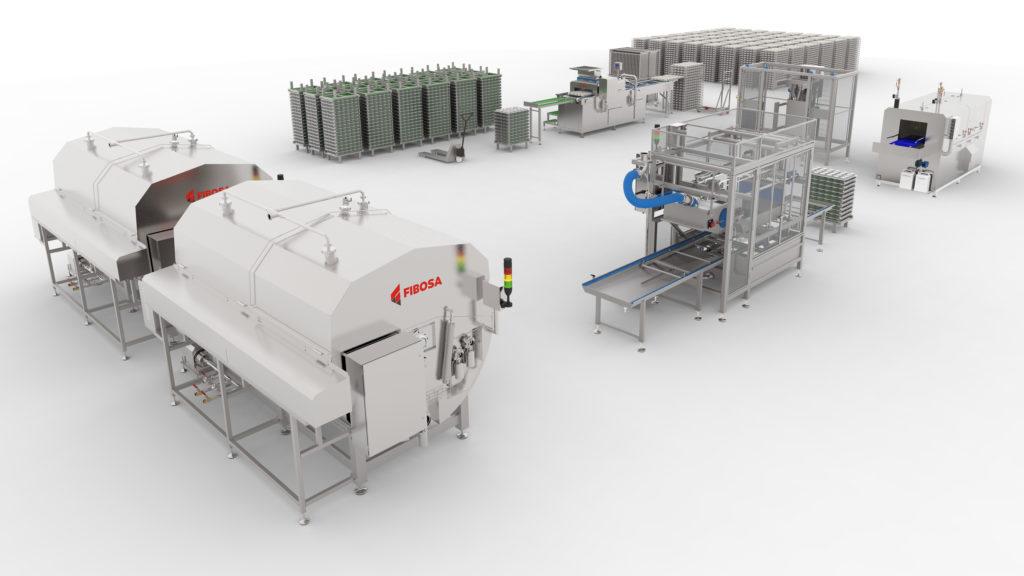
How to enjoy it?
How one enjoys Camembert cheese is a matter of personal preference, although certain combinations are particularly interesting. This cheese has a remarkable affinity with drinks such as cava, champagne or a fruity white wine. It also goes very well with fruits such as pears, apples, grapes and figs, and is even ideal for melting on toast.
In short, the best way to enjoy Camembert cheese is the way you like it best. And yes, it sounds absolutely delicious!
If you want to know more about production processes, machinery and complete Camembert cheese manufacturing lines, contact FIBOSA. We have more than 40 years of experience serving the dairy industry.

